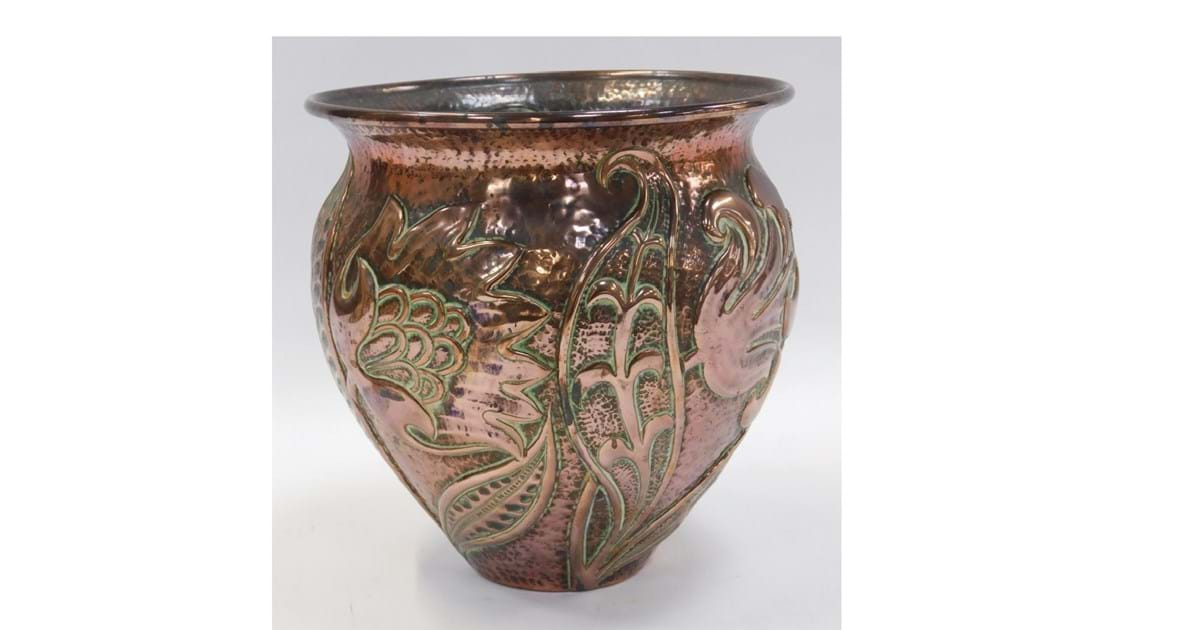Blue & White Wares first appeared in China as early as the 9th Century. It was not until the 14th Century when China developed a mass-production technique that we started to see scale in manufacture.
The wares are based upon white pottery or porcelain that is then decorated with a blue pigmentation. The piece is glazed and fired to set the design. The blue pigmentation was imported by the Chinese and is often referred to as 'blue colbalt'.
The heart of production was at Jingdezhen in the Jiangxi province of China. This continued at strength until the 17th and early 18th centuries when new trade routes led to a thriving market for the wares in Europe.
Europe's potters, heavily influenced by the Chinese, began to develop similar techniques of their own. This gave birth to Delftware, Meissen and Worcester, and led to the development of the chinoiserie style of decoration.
Style notes:
- Simple but elegant designs
- Bright colour
- Rich pattern decoration
- Blue flowers
- Landscapes
- Animals, birds and plants
Wares:
- Bottles
- Wine jars
- Large platters
- Vases
- Tea sets
Invest in:
At present 18th century Worcester is incredible value for money, 'A lot of pot, for no a lot of money.'*
Here's a lovely example of a Worcester tea bowl and saucer.
* This information was correct at the time of publication.

